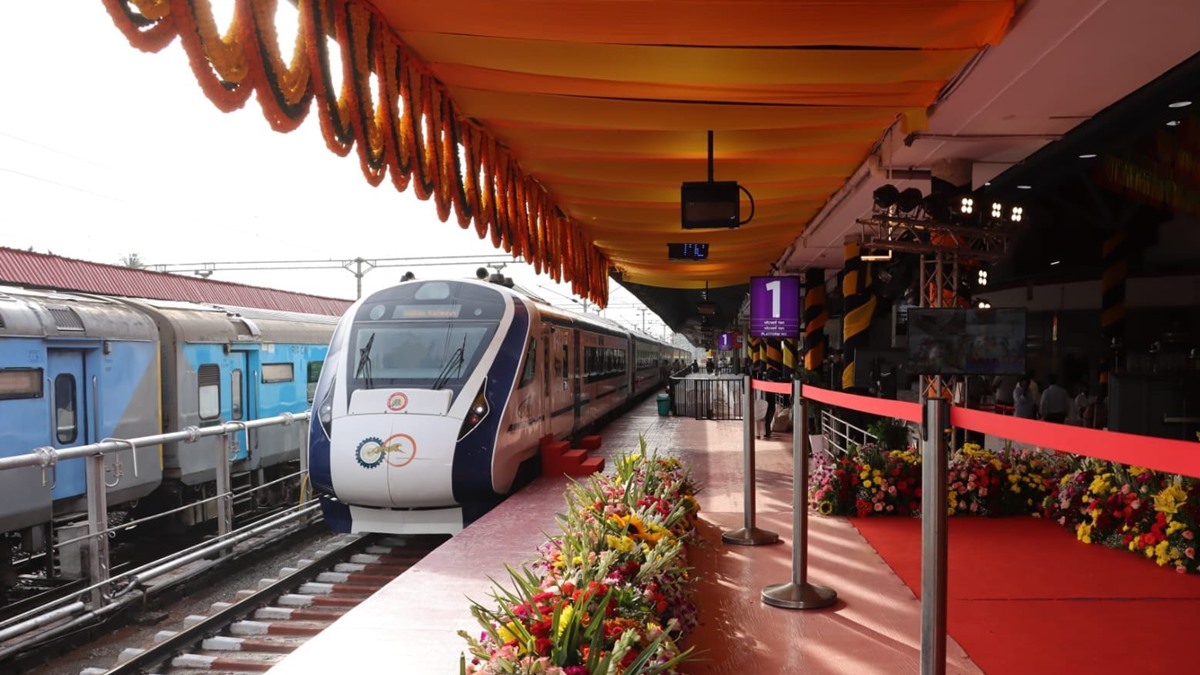
Flashback 2014: Big boost for armed forces' modernisation but gaps remain
New Delhi, Dec 30: Modernisation of the armed forces got a whopping Rs.1.23 lakh crore (Rs.1.23 trillion/$19 billion) boost in the year just ending, but worrisome gaps - the failure to close a deal to replace a combat jet inducted in the 1960s and a crippling shortage of "fighting-rank" officers - remain.
That the funding came in the first six months of the new BJP-led government was indicative of its determination to overcome almost a decade of sloth caused by A.K. Antony's bid to keep his image "clean" while he was defence minister (till May).

The funds were cleared by five meetings of the Defence Acquisiton Council - four chaired by Arun Jaitley when he held additional charge of the ministry and one by Manohar Parrikar. The monies will go towards the purchase of six stealth submarines (Rs.50,000 crore), "Spike" Israeli anti-tank guided missiles (Rs.3,200 crore), two midget submarines (Rs.2,017 crore), 12 Dornier maritime reconnaissance aircraft (Rs.1,850 crore), 363 BMP-II infantry combat vehicles (Rs.1,800 crore), ship-borne Russian Uran missiles (Rs.1,436 crore), 1,768 railway wagons (Rs.740 crore) and 1,761 vehicle-mounted radio relay containers (Rs.660) crore, among others.
Much of this, for instance the submarines and the Dorniers, will be made within the country and will majorly take forward Prime Minister Narendra Modi's 'Make in India' campaign.
Other positives during the year included raising the foreign direct investment (FDI) in the defence sector from 25 percent to 49 percent, the indigenous nuclear powered submarine INS Arihant heading out for sea trials, and beginning of series production of the indigenous Tejas light combat aircraft.
Once INS Arihant is commissioned about two years from now, it would complete India's nuclear triad of strategic bombers, intercontinental ballistic missiles (ICBMs) and submarine-launched ballistic missiles (SLBMs).
India has for long been working on a missile defence shield and this would get a further boost with the construction, under wraps at Visakhapatnam, of a stealth vessel armed with an Aegis type system that employs powerful computer and radar technology to track and guide weapons to destroy enemy targets.
A defence ministry source said this vessel would patrol the seas between Mumbai and Jamnagar to protect both India's commercial capital and the country's largest oil refinery.
As for the combat jet, it was in 2012 that the Indian Air Force (IAF) zeroed in on French aviation major Dasault's Rafale after a six-aircraft competition for a $20 billion deal for 126 medium multi-role combat aircraft (MMRCA) to replace its Soviet-era MiG-21 jets that have been crashing with maddening regularity.
The tender itself was floated in 2007 and the six aircraft shortlisted in 2010, but there has been concrete action only in the last two years due to protracted price negotiations and differences in calculating life-cycle costs and factoring in the cost of transferring technology.
One fallout has been the alarming reduction in the IAF squadrons (16+2 aircraft each) to 25 from its sanctioned strength of 39.
"It's not just a case of depleting squadrons. The Rafale dates from the mid-1980s and even assuming the deal is clinched this year, by the time the last of the jets are inducted, the technology will be more than 40 years old," an officer involved in the selection process told IANS, declining to be identified on the ground he was not authorised to speak to the media.
While the initial lot of 18 aircraft (one squadron) will come in fly-away condition, the remaining will be progressively manufactured in the country by Hindustan Aeronautics Limited. The number could eventually go up to 200 as there is a provision for a 50 percent hike as a follow-on order.
On the officer front, the Indian Army, which is authorised 48,000, is short of 7,764 lieutenant colonels, majors, captains and lieutenants, considered the "fighting rank" officers. The Indian Navy is short of 1,499 lieutenant commanders, lieutenants and sub-lieutenants against its authorised strength of 9,000, and the IAF short of 357 wing commanders, squadron leaders, flight lieutenants and flying officers against its authorised strength of 12,000 officers.
The first quarter of the year saw a nasty hiccup with Admiral D.K. Joshi putting in his papers as the Indian Navy chief after a series of mishaps, including the sinking of a submarine in Mumbai harbour after an explosion and a fire aboard another.
As the year progressed, the chill in the India-Russia defence ties became more pronounced, with New Delhi clearly stating, ahead of President Vladimir Putin's visit earlier this month, that it could not indefinitely wait for a fifth-generation stealth fighter, an understanding on which was reached during Antony's visit to Moscow in 2007.
Russia's decision to deepen its military ties was another matter of concern but not entirely unexpected. After all, the US has overtaken Russia as India's principal source of armaments and other military hardware - in the last three years, this country made purchases worth Rs.32,615 crore from the US, against Rs.25,364 crore from Russia.
"This has been caused by the changing global paradigm and the trend will continue with both India and the US saying they want to put the past behind them and move ahead. Also, don't forget that 'Make in India' has a better chance of moving forward with the US than with Russia," the defence ministry source told IANS.
IANS


 Click it and Unblock the Notifications
Click it and Unblock the Notifications

































